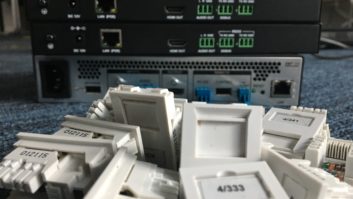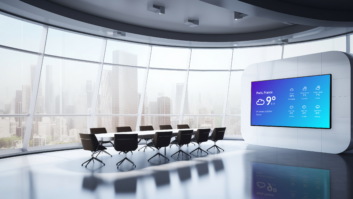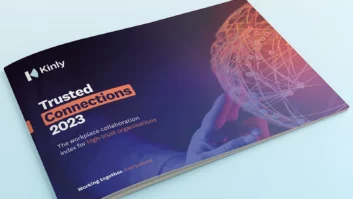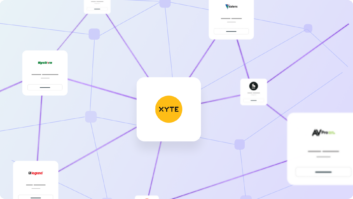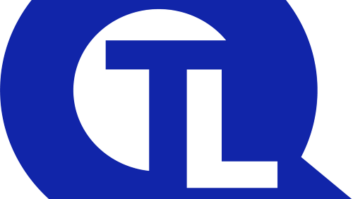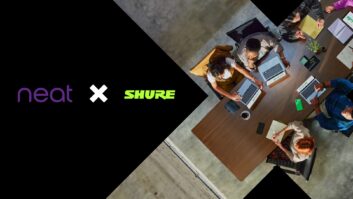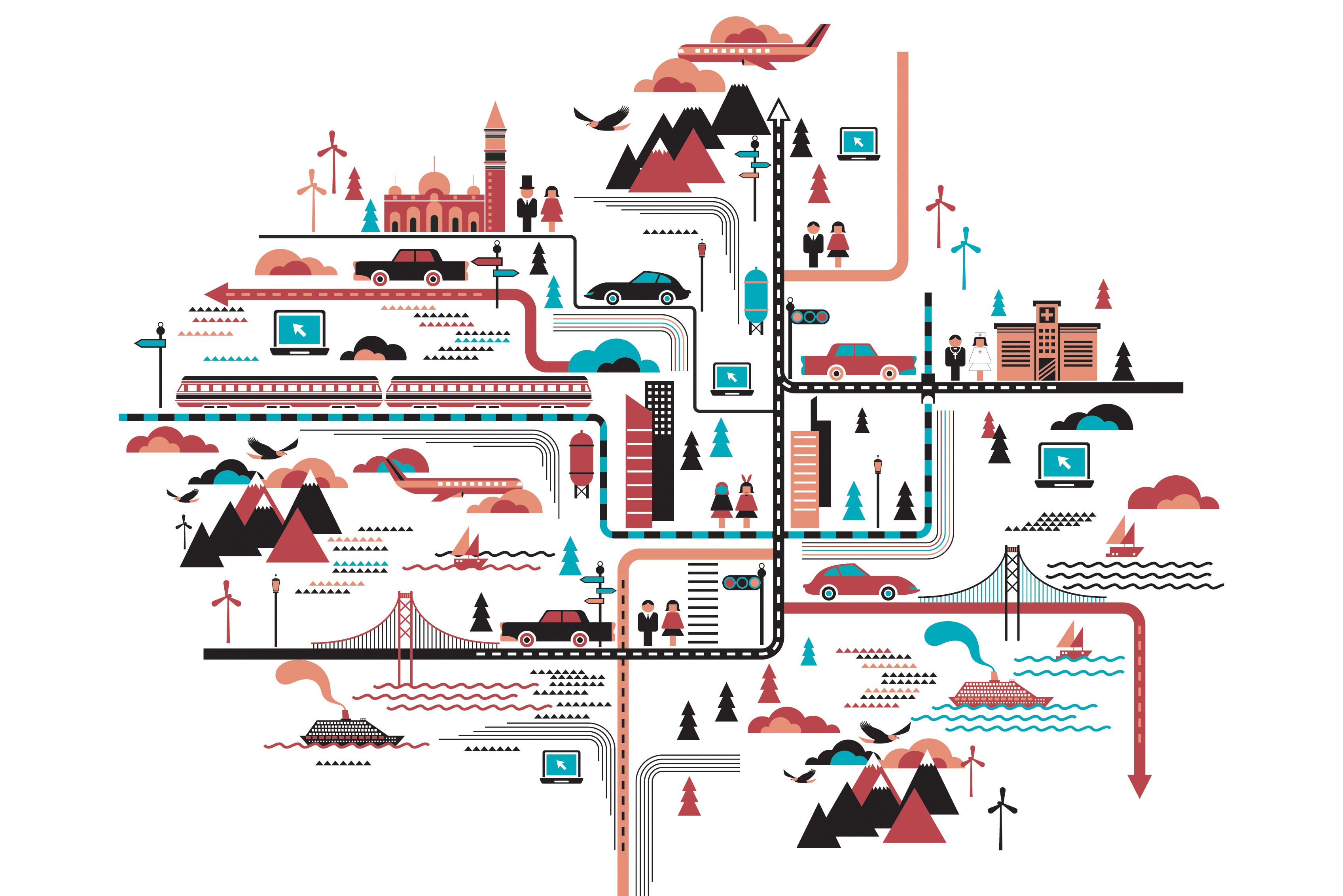
Having previously looked at the massive growth expected across the IoT market, before considering the impact on different sectors within the AV industry, we conclude by revealing the collaboration benefits and security concerns, writes Steve Montgomery.
A major benefit of the IoT is in bringing together disparate disciplines and enabling them to collaborate and share data with the over-arching controller. Sam Woodward, customer education leader, Europe and Africa at Lutron says: “Combining data from different types of sensor extends the capability of individual controllers and allows action to be taken across the whole spectrum of controlled devices. For example occupancy and usage in a building can be detected and monitored by PIR sensors, thermostat settings, computer and display device usage, door and entry management contacts and so on. Once the controller has established that a room or house is unoccupied, it can manage all devices in the corporate environment or simulate homeowner activity to augment security; switching lights, AV devices and other devices automatically while the owner is away.”
Current problems and challenges revolve around scalability and standardisation. “Network-aware devices that have existed for some time and that can be controlled over the network by central controllers were an early form of IoT,” says TJ Adams, director of installed systems product management at QSC. “It differs today in that far greater numbers of devices interact together autonomously as a team. But it still requires data to be collected and acted upon; whether that is automatic or manual it still requires human intervention and devices have to be set up and administered. And every customer wants something different. The real promise of IoT will only be achieved when an open and standardised system is developed that will allow devices to be added and manipulated easily.”
The need to create individual drivers for each device to operate with discrete devices that sit in the centre of a communication framework is holding back development and deployment, as is the lack of a single, or a handful, of dominant IoT platforms on which to base customer solutions; something the large companies are all vying to control. At the moment the controller regularly acts as a hub, translating data and commands between different standards and protocols: DALI, KNX, DMX, Nest, Apple Homekit and many more. The use of the cloud as a communication medium should assist in this standardisation, as Russell Wiles, IoT division at RGB Communications points out: “By their very nature, IoT devices rely on communications to many other devices via the cloud. Since this affords a software method of making products compatible with each other, it is possible for different manufacturers to use their own proprietary products yet have open APIs that permit easy integration without recourse to any complex bespoke programming, as is often the case with custom control systems.”
Managing a hundred or so discrete devices is possible today, but beyond that it becomes too complex. amBX has developed a light management system that it claims takes intelligent and intuitive lighting to new levels. CEO John Niebel explains: “Existing lighting controls have remained roughly the same for 20 to 30 years, they have just become larger and more capable. The rules-based programming they employ is fine for individual lighting circuits but does not have the granularity of control that network connected LED lamps can deliver. We have developed a new method that collects information from each luminaire, including local ambient light level and colour temperature, as well as air quality and temperature and local occupancy. That data is collated by the amBX Light-Scene Engine to control each lamp, adjusting its luminosity and colour temperature individually in real time. It makes minute adjustments to all the lamps that go unnoticed by occupants of the room but create the perfect overall lighting environment. The method of calculating the individual settings is based on a patented 3D model of the room and determining the necessary output to achieve a precise scenario using software that was originally developed for the gaming industry. It operates automatically but takes into account additional user-defined parameters: energy consumption targets, mood and so on.
“As a company spun out of Philips Electronics R&D, we further developed their original ambient lighting control technology and added new principles that harness the possibilities of digital light. This includes bio-adaptive lighting which tunes the environment to match human circadian rhythms so that people benefit physiologically from the light around them. Not only does this boost mood and productivity it improves health and wellbeing, reduces absenteeism and increases alertness.”
The security of all networked systems must be considered, and IoT networks are no exception. There is no reason to suspect that IoT networks will be any less secure than any other, provided the normal and expected safeguards are put in place. Adams adds: “People are becoming more aware of the security issues surrounding this technology and it is a serious consideration. We have engaged consultants to test the security of projects and ensure they are as safe as possible.”
Whether or not you believe in the enormous claims of the research agencies, as many in the AV industry do, the IoT is here to stay and will, without doubt, influence the integration of AV systems with other technologies leading to greatly enhanced solutions across the board. Stijn Ooms, EMEA product manager at Crestron concludes: “Information is power. It always has been. In the modern world it can also be said that data is power. The likes of Google, Netflix and Amazon with all their analytics and data-harvesting techniques have shown that to be true. Using nefarious devices all connected to a central processor, even if only to harvest data, is a powerful thing, but consider that this central processor can now also actually control those devices as well; now that’s something so big that we’ve barely started to consider it.”
www.biamp.com
www.crestron.eu
www.lutron.com
www.qsc.com
www.rgbcomms.co.uk

